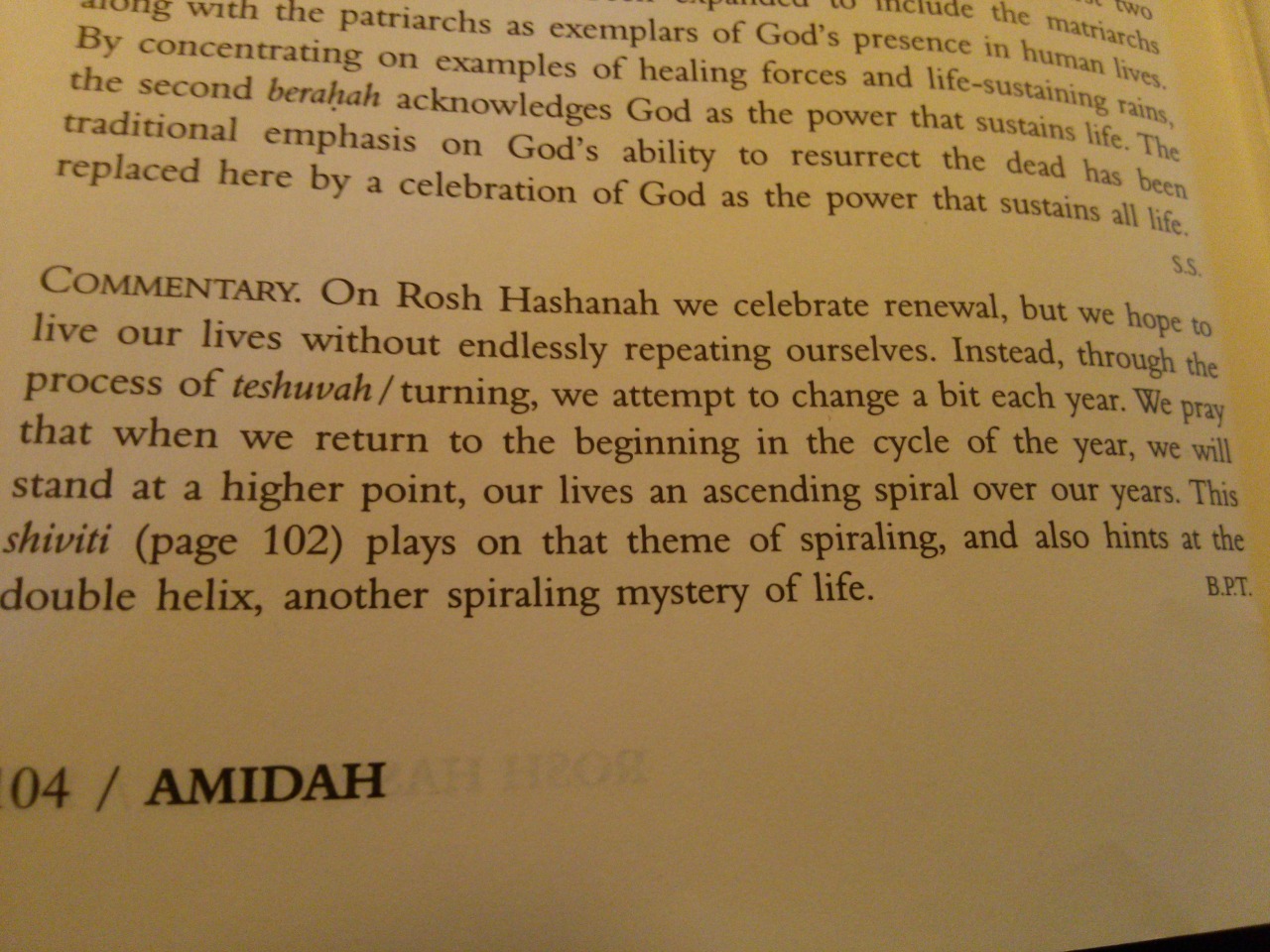Let's talk about monoculture. For everyone not up on their
Mesopotamian agriculture practices, monoculture is a method of farming in which
the same crops are planted on the same plots of land, year after year after
year. It's simple, tidy, and utterly unsustainable.
As it turns out, different plants require
different nutrients. Each will take certain nutrients out of the ground and put
others back in. This isn't a problem for the first year, or the first five
years, or mayber even the first twenty. But after too many years of sustaining
one kind of plant, the plot of land no longer has the stuff that plant needs to
sustain itself. The crop has literally exhausted its own ability to exist.
But there's a solution. Farmers living in
6000 BCE might not have been educated in the modern sense, but they knew their
work. And without knowing why,
they understood that by changing the crops grown in a given field from year to
year, they would ensure it remained productive for years to come.
The concept of monoculture has an
important lesson to teach in practically every field. In economics, we
understand that all enterprise requires demand to sustain it, and in media,
novelty and interest function similarly. The common element here is a single
idea: any practice any field, from farming to banking to film production, has
an expiration date. Stagnation might seem easy easy or tidy or traditional, but
it's a surefire way to run yourself out of a job in the long run. The only cure
is change.
Now imagine a world in which not
committing murder is a radical choice. Where by the simple act of not killing
any old person on the street out of convenience, or random malice, or sheer
impulse, you have managed to distinguish yourself as a model citizen.
That's the current status of video games, on a whole. In the
current culture of game design, offering a narrative where the player does not
commit murder is a radical choice.
I don't want to retread the tired and false argument that video
games are murder simulators that warp our youth into deranged lunatics. But
when I can look out on a field of triple-A titles and count the number of games
that don't require killing on one hand, count the number of games which aren't
power fantasies on one hand - there's something wrong. Monoculture in media is
just as unsustainable as in agriculture.
Say you're a moviegoer. Movies are important to you, because you
grew up with them, and they're not just the medium with which you're most
familiar, they're also a cultural signpost. You identify with characters from
movies, you go to movie conventions, and you met most of your friends through
movies.
Now imagine that 95% of movies coming out were horror films.
And to be fair - you like horror films. Some of you favorite
movies are horror films. But when horror films are that inescapably abundant,
you might start to long for a nice comedy. Maybe even a drama or a biopic. And
even though you've asked for it, even though every non-horror movie to hit the
silver screen makes millions because there's just no competition, practically
every studio out there just keeps cranking out horror films.
And after years and years of this, you start to wonder: are movies
even worth it anymore?
That's what it's like being a modern gaming fan.
(Well, plus some seriously toxic communities that I'm not
even going to poke a stick at here.)
While there's nothing inherently wrong with violent video games -
indeed, many of them are quite good - when there's nothing but violent video games to be seen,
that's a problem. That much uniformity and saturation is just bad for the
medium. It hurts fans, who lose access to a vast breath of potential innovation
that just isn't being produced. It hurts game studios, who lose profit due
frustration on the part of fans and talent alike. And artistically, it stifles
new and unique narratives, choking the potential of one of the most versatile
forms of media ever created and making serious discussion of video games as an
art form all but impossible.
To be fair, indie gaming community has been making strides in this
direction. A resurgence of narrative-driven games, of Tetris-like games too abstract
for violence to enter the picture, and of thoughtful explorations or critiques
of the medium has loosened the stranglehold of monoculture on modern
gaming.
Still - I'm sad to admit it, but this never such a glaring problem
to me until I played a game which both critiques the omnipresence of violence
in games without requiring the
same violence from the player. (That game is Toby Fox's phenomenal RPG Undertale, which systematically
questions aspects of videogames as a medium I've never before seen attacked.)
The most dangerous thing about monoculture is how easy it is. Some of it might stem from
laziness, some from tradition, but I'd estimate the bulk of it is a simple
matter of failing to challenge assumptions so deeply-ingrained we don't even
think about them. Beating monoculture is not a matter of asking unasked
questions, of opening doors that were closed. It's a matter of asking questions
that haven't even been considered - of building doors where once we
saw only walls.
And then, once our new doors are in place, finding new walls to
knock down.

.jpg)